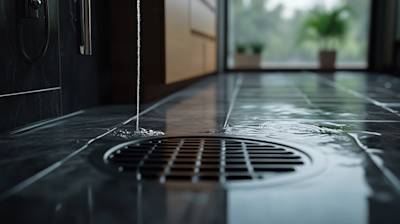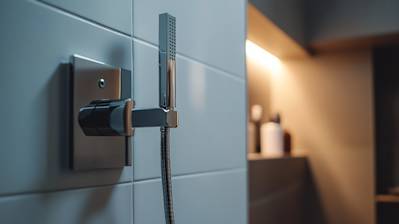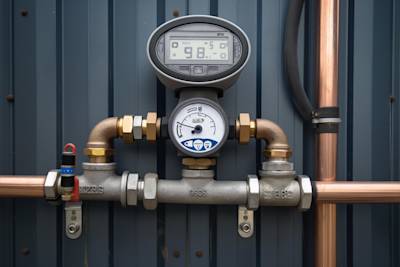Installing Radiant Heating in Concrete Floors: A Guide by West Coast Hydronics & Plumbing
By Tim
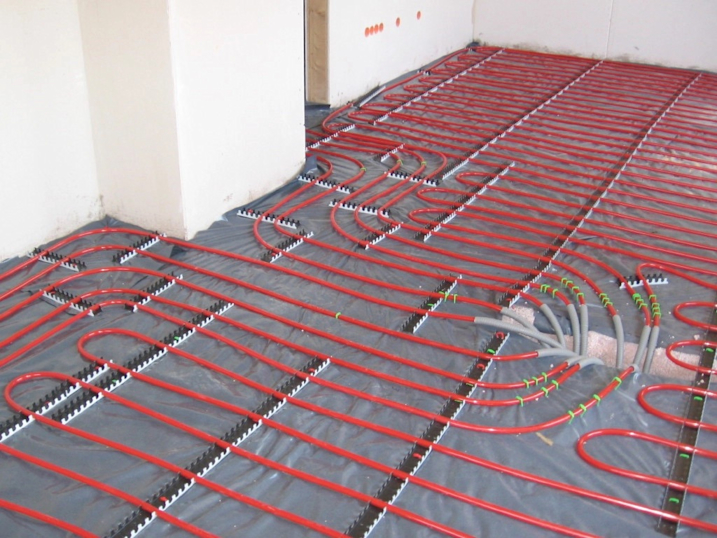
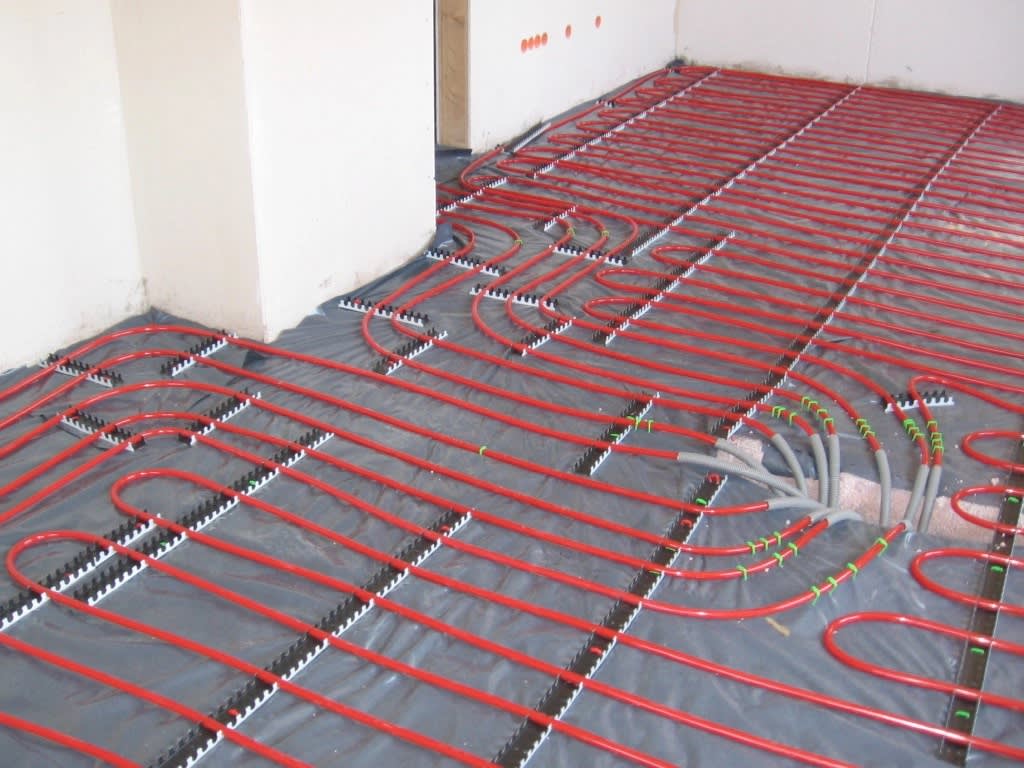
Share —
Installing Radiant Heating
Radiant floor heating has become increasingly popular in recent years due to its energy-efficient and comfortable heating capabilities. It is a type of heating system that is installed underneath the flooring, providing warmth through a series of electric wires or hot water tubing. In this article, we will discuss the process of installing radiant heating in or on a concrete floor. If you are located in the Sacramento, Bay Area, or Tahoe regions, West Coast Hydronics & Plumbing can assist with your radiant floor heating project.
Why Choose Radiant Floor Heating?
Radiant floor heating offers a variety of benefits that traditional forced-air heating systems do not. Firstly, radiant heating operates silently, without the noise and air movement of traditional heating systems. Secondly, radiant heating is a more energy-efficient option, as it heats the space directly instead of wasting energy heating the air first. Finally, radiant heating offers more evenly distributed heat, creating a more comfortable and consistent temperature throughout your home.
Types of Radiant Floor Heating
There are two main types of radiant floor heating: electric and hydronic. Electric radiant heating involves a series of electric wires installed underneath the flooring, while hydronic radiant heating uses hot water tubing to circulate warm water beneath the surface. Electric systems are generally easier to install and require less maintenance, while hydronic systems are more energy-efficient and offer greater control over the temperature.
Preparing Your Concrete Floor
Before beginning the installation process, it is important to ensure that your concrete floor is properly prepared. This may involve repairing any cracks or uneven surfaces in the floor, as well as thoroughly cleaning the surface. It is also important to ensure that the concrete is fully cured before installing the radiant heating system. The curing process can take up to 28 days, depending on the type of concrete and the weather conditions.
Installing Electric Radiant Heating
If you have opted for an electric radiant heating system, the installation process is relatively simple. The electric wires are typically laid out in a serpentine pattern on top of a layer of insulation, and then covered with a layer of thinset or self-leveling cement. The final flooring material, such as tile or hardwood, can then be installed on top.
Installing Hydronic Radiant Heating
The installation process for a hydronic radiant heating system is more complex than an electric system, but it offers greater efficiency and control over the temperature. First, a layer of insulation is installed on top of the concrete floor. Next, a series of hot water tubing is installed in a serpentine pattern on top of the insulation, and secured in place with wire ties or clips. A layer of self-leveling cement is then poured on top of the tubing, creating a smooth and level surface for the final flooring material to be installed.
Working with West Coast Hydronics & Plumbing
If you are located in the Sacramento, Bay Area, or Tahoe regions and are interested in installing radiant floor heating, West Coast Hydronics & Plumbing can assist with your project. We specialize in the design, installation, and maintenance of radiant heating systems, and can provide guidance on the best type of system for your home or business.
Conclusion
Radiant floor heating is an energy-efficient and comfortable option for heating your home or business. The installation process for both electric and hydronic systems involves laying out a series of heating elements on top of a layer of insulation, and covering with a layer of self-leveling cement. If you are located in the Sacramento, Bay Area, or Tahoe regions and are interested in installing radiant floor heating, contact West Coast Hydronics & Plumbing to learn more about our services.


